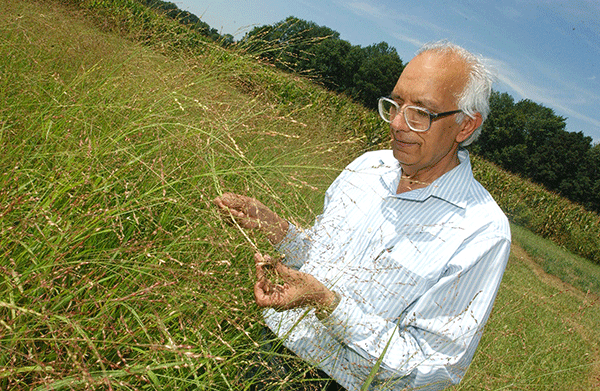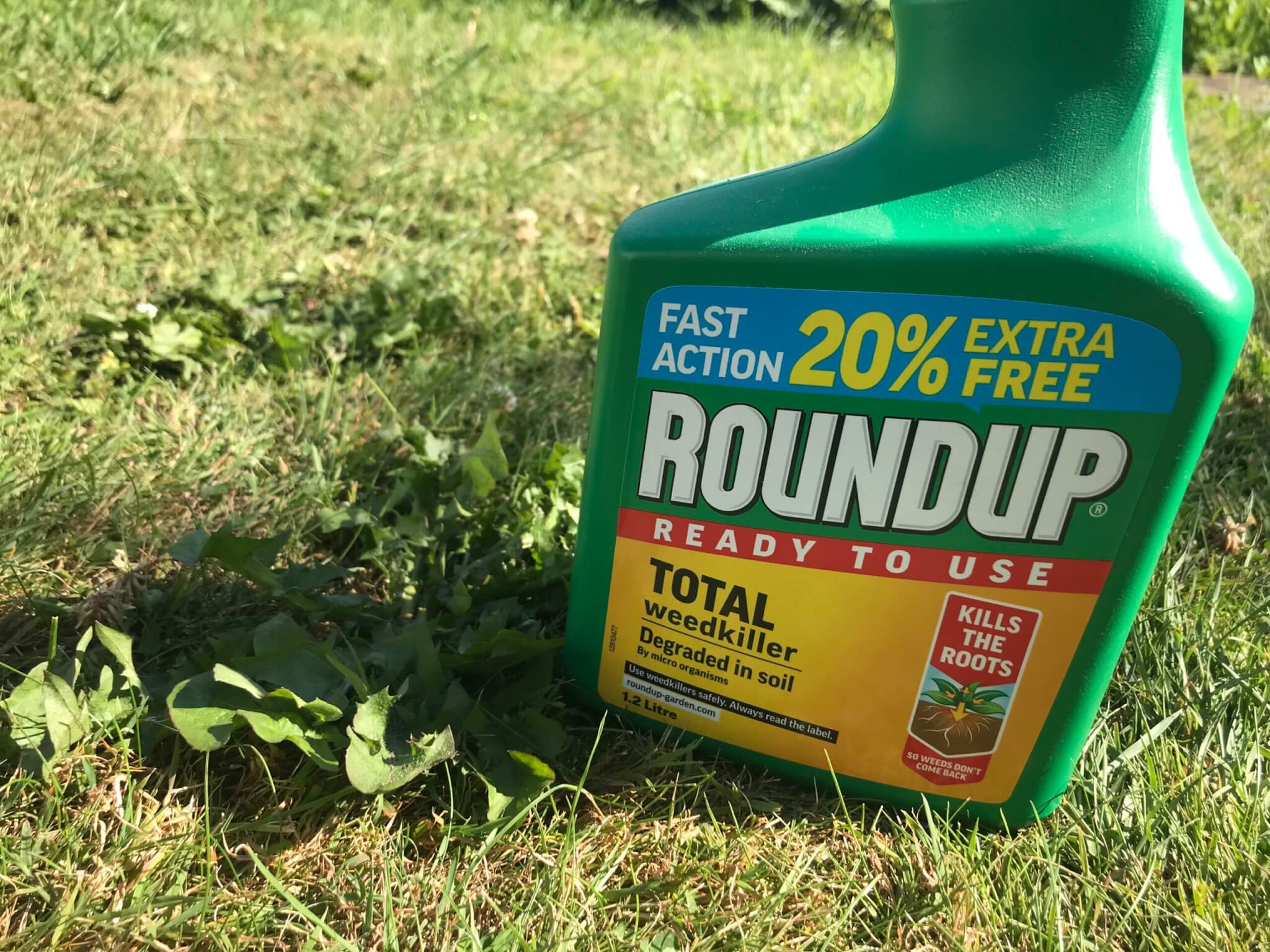If you had to choose one person on the planet to be a champion for the world’s soils, it would probably be Professor Rattan Lal. Yet the Noble Peace Prize and World Food Prize winner is unassuming, apologetic, almost self-deprecating about the topic on World Soil Day, which takes place on 5 December annually.
“Partly I blame myself. We need to communicate more about the importance of soil to the general public and those who make decisions in government. There is certainly a disconnect between the scientific community, everyday people and policy makers. We need to bridge that gap,” he explains.
“We take soil for granted because there is a lack of understanding, awareness and appreciation. All essential ecosystem services – food, fibre, water, biodiversity, climate change mitigation – needs soil. All terrestrial life depends on soils. They’re very closely inter-dependent, a quarter of all terrestrial biodiversity is in soil. There is no life without soil, and no soil without life.”

Undervalued is an understatement. Soil maybe the bed rock of our food chain, but intensive farming, urbanisation and climate change have depleted this finite resource. Today, a third of our soils globally are degraded, and according to the Food and Agriculture Organization, this could rise to 90 per cent by 2050.
We often ignore soil’s importance, but it’s not for want of evidence. It takes up to 1,000 years to produce just 2-3 cm of the stuff, and if you pick up a handful of healthy earth, there are more organisms in it than people on planet Earth. Its loss today is not recoverable tomorrow, not even within a human lifespan, a fact that is often overlooked.
“A graduate in medical science, business, computer science or engineering gets two to three times what a graduate in soil science or agriculture gets,” says Lal. “This is an indication of how we undervalue or don’t give enough respect to this resource or the professions that work on it. This needs to change.”
Lal grew up on a small farm on the Pakistan-side of Punjab, before partition with India. The septuagenarian professor is a humble man, donating his prize money from the World Food Prize to soil research and education, something he also did for the Japan Prize he received last year, which many consider second only to the Nobel in scientific prestige.
His hope is that the Carbon Management and Sequestration Center he set up at Ohio State University, where he still works, will continue its research in the years ahead. And he believes education to be the key.
“Soil and environmental science need to be on the curricula or schools from primary all the way through to tertiary education,” he explains. “Children at a young age need to appreciate what a good healthy soil is and what it does. We must boost awareness.”

Time for soil’s ocean plastics moment
You could say that soil is looking for its ocean plastics moment; something that was catalysed by programmes such as Blue Planet. Instead, soil erosion is often called the ‘quiet crisis’, with around 36 billion tonnes is lost every year.
It’s also estimated that at least 50 per cent of the carbon in the earth’s soils has been released into the atmosphere over the past couple of centuries. Paying farmers to put it back could combat climate change, as well as boosting the organic matter of the world’s soils.
“It’s a win-win situation,” says Lal. “Farmers can be part of the solution. However, they need to be paid properly for ecosystem services, such as carbon sequestration and not just in the developed world. The price we’re offering them today is nowhere near what it should be. We need to pay a fair and just price, not a token payment or a subsidy,” says Lal, whose work on mainstreaming a soil-centric approach to increasing food production is what won him the World Food Prize.
“If farmers grow a cover crop, don’t till the soil, or return vegetation to the earth as a mulch, plant trees or control erosion, then they should be rewarded. We also now have the ability to measure this activity by remote sensing via satellites. We as consumers should also be willing to pay a good price for this. Our food should be labelled with its carbon footprint.”

If we increase the amount of carbon contained in soils by 0.4 per cent each year we could halt the annual increase in CO2in the atmosphere, a major contributor to climate change. Lal has devoted his long career to finding ways to capture atmospheric carbon through soil science, and was recognised in 2007 on receiving the Nobel Peace Prize for his work with the Intergovernmental Panel on Climate Change.
“Better carbon storage in the soil is a build to the future. Increasing its organic content improves farmland’s ability to mitigate and adapt to climate change. It increases food and nutritional security. It boosts water quality and biodiversity. Also, it buys us time until zero-carbon fuel sources take effect, say 2030 or 2050. For that bridge, society should be willing to pay the price,” he explains.
Soil is now getting more respect
Despite the challenges, Lal is also optimistic for the future. “COP26 in Glasgow next year will focus on soil and agriculture, which is positive. We need to empower farmers but also not waste one-third of the planet’s food either. There is no reason to produce more and waste more. We also have too much land under agriculture. If we use less land with the best farming methods we don’t need so much,” says Lal, whose career in soil spans more than five decades and four continents.

“We could reduce crop land by as much as 200 million hectares and reduce grazing land by at least a billion hectares and let it go back to nature so that it’ a buffer against diseases such as Covid-19 and climate change. We are encroaching on nature way too much.”
He also has a warning for us: “Those civilisations which were once thriving went extinct because they took soil for granted. From the Mayans to Mesopotamia, the ancient dwellers of the Nile and Indus Valleys. Soil is the foundation of civilisations. We don’t want to go the same route as them,” he says.
A stark warning for all of us on this year’s World Soil Day.










Putting carbon back in soils seems such an obvious thing to do. Glad there is beginning to be movement in that direction, That’s what we should pay farmers to do. Feed and nourish the soil..